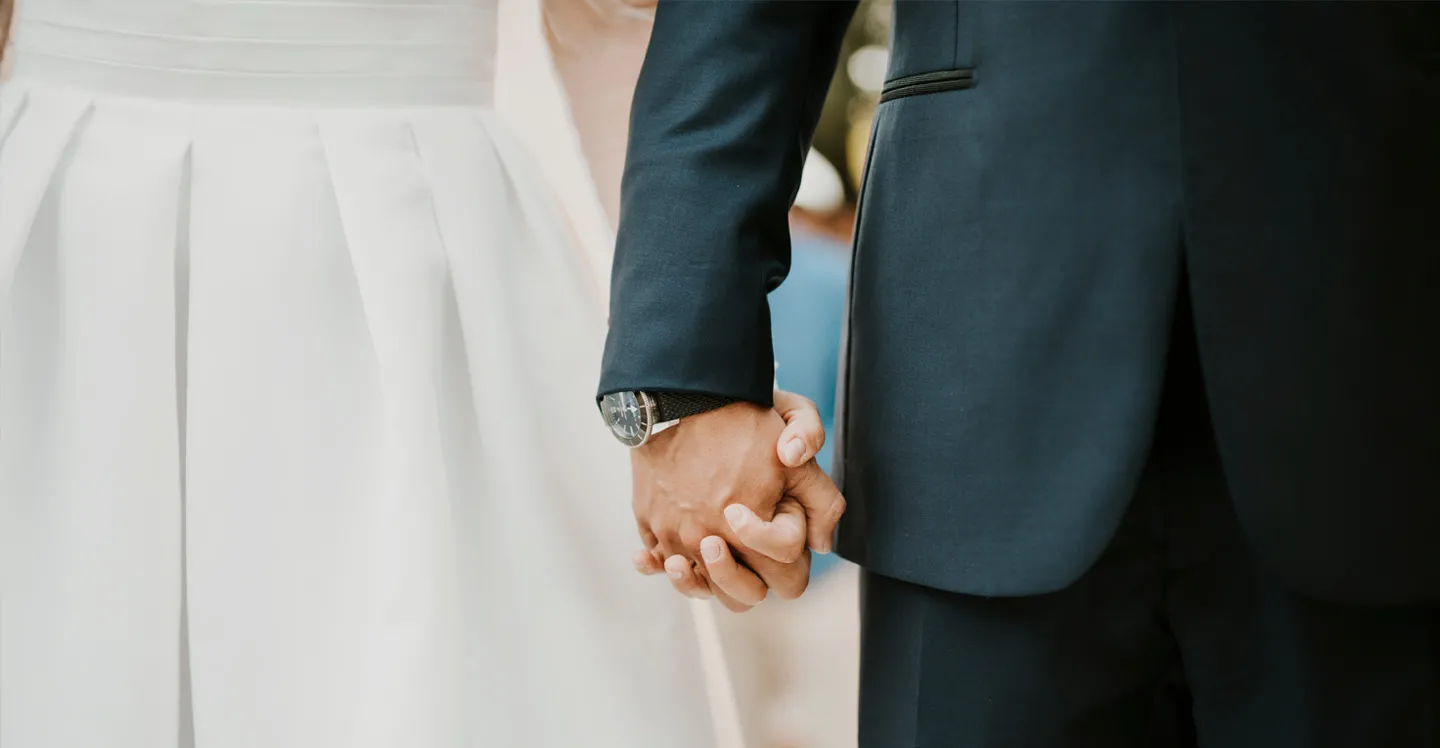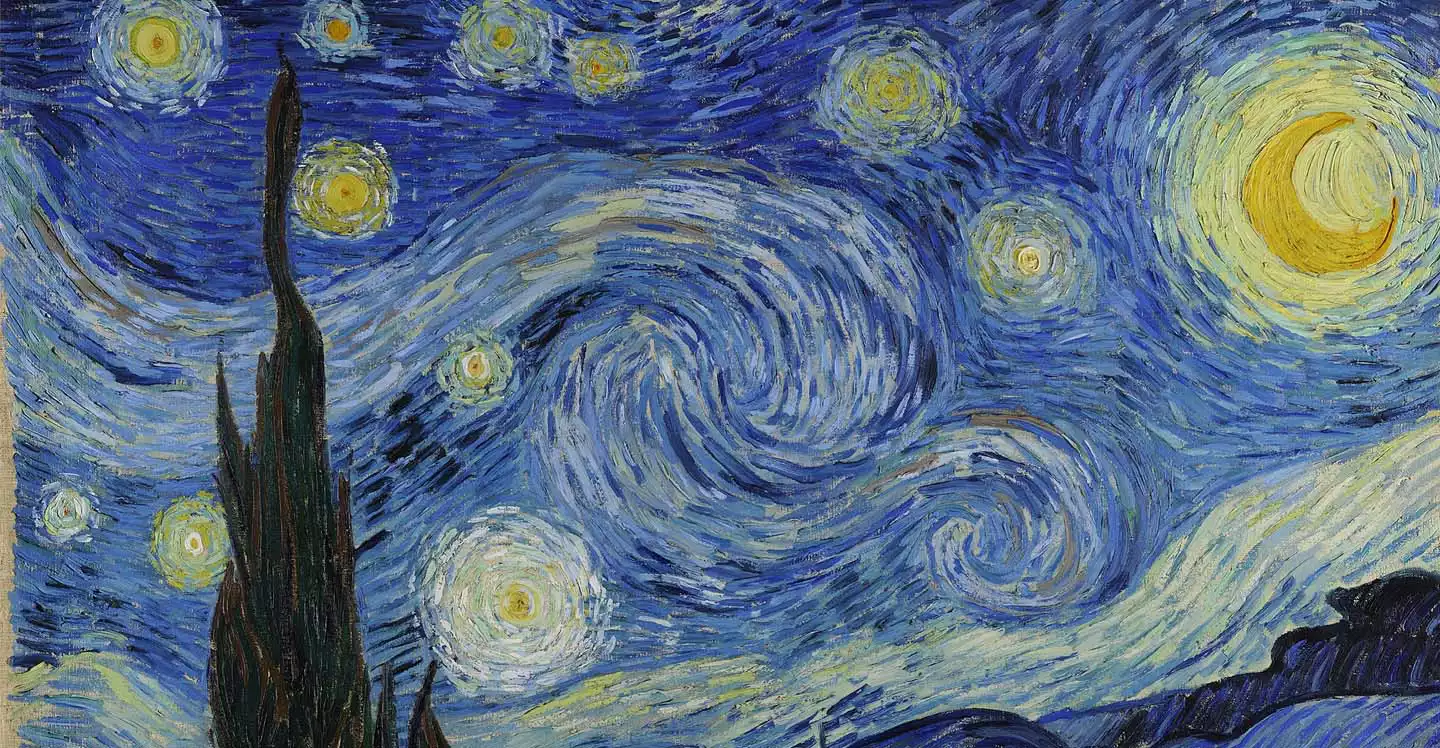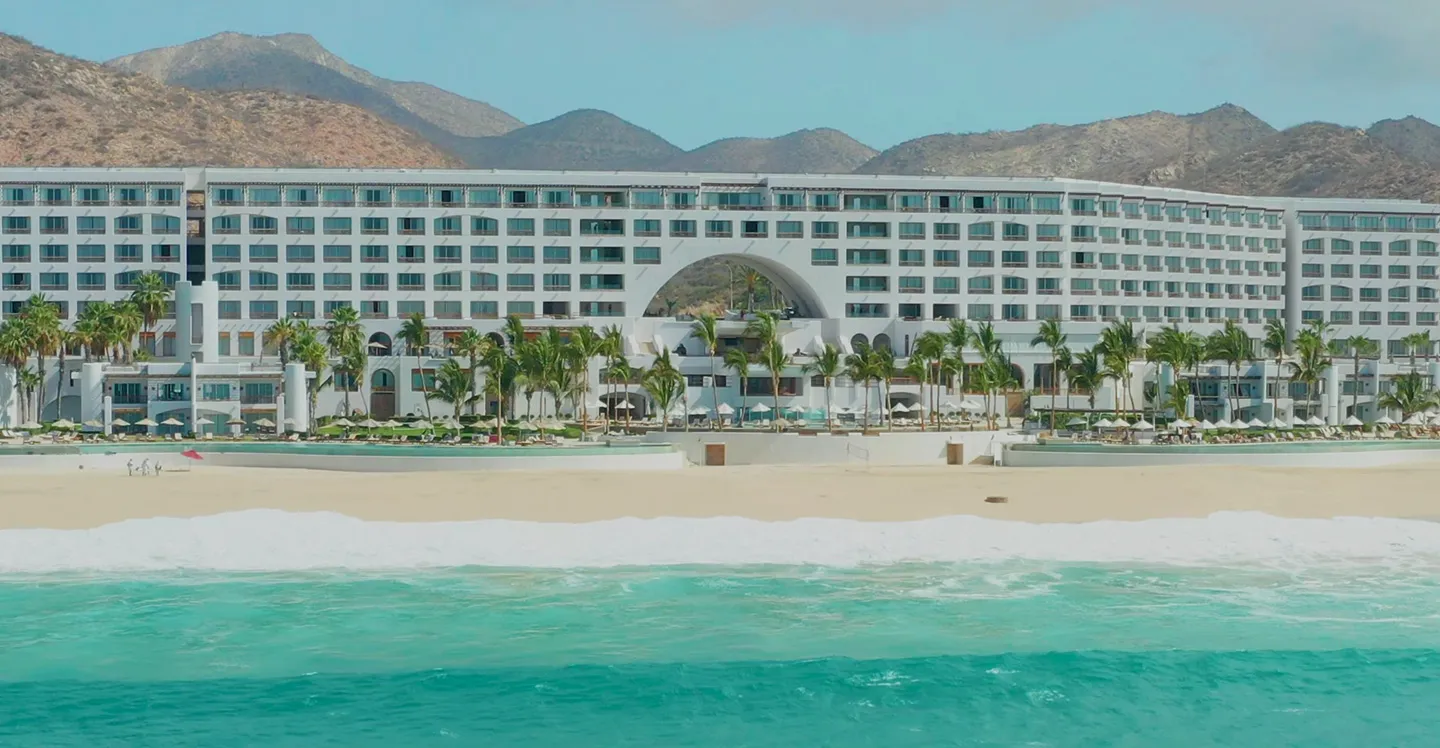As explored in “Eight prestige liquors for special occasions,” one of the most important differences between wine and liquor is the way they are produced and the amount of alcohol they contain. Wine generally has an alcohol content of 9 to 16%, depending on the type of grape used and the fermentation process. And perhaps the main difference between wine and liquor is their taste and use.
Among the wine, we can find red, white, rosé, and sparkling. Within sparkling is the royalty of wine: champagne.
Champagne is 100% French, as it is named after the vineyard where it is produced, which is located 93 miles east of Paris. As this wine has a designation of origin, it can only be produced there. So the production area of the Champagne controlled designation of origin, by a 1927 law, covers 34,300 hectares and 319 municipalities.
There is always an important event that calls for opening a bottle of our best wine. It’s time to look into the best wine cellars in the world to better assemble our own and be prepared to treat ourselves with those we love the most on the best occasions.
The Champagne vineyard has approximately 280,000 plots where more than 16,000 viticulturists work. Most of these parcels are relatively small, with an average surface area slightly larger than a tennis court.
When visiting these vineyards, it’s hard not to be amazed by the landscapes that have been worked for hundreds of years. UNESCO has praised the work of these people and has paid them a well-deserved tribute by recognizing the “Coteaux, Maisons & Caves de Champagne” (Slopes, Houses, and Cellars of Champagne) as World Heritage.
There are different classifications of champagne, according to different criteria, and a single bottle can have several of these classifications. Below are some of these:
Depending on the grapes used
- Champagne prestige cuvée: Luxury champagne that is associated with high quality due to the uniqueness of the product. Its production involves different types of grapes.
- Champagne blanc de noirs: The grapes used are red with white pulp, like the pinot noir grape.
- Champagne blanc de blancs: Chardonnay grape is used, which is white.
- Champagne rosé: Arises from mixing different types of red and rosé champagne or macerating the grape must.
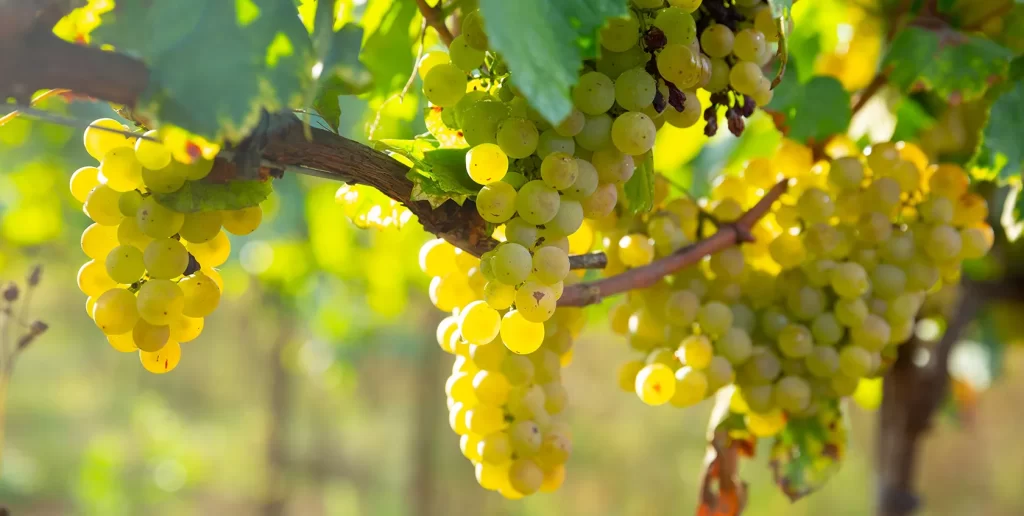
Ranking types of Champagne from least to most sweet
- Champagne brut nature: Up to 3 grams of sugar per liter
- Extra brut Champagne: Up to 6 grams per liter
- Brut Champagne: Between 6 and 12 grams per liter
- Extra sec Champagne: Between 12 and 17 grams of sugar per liter
- Champagne sec: From 17 to 32 grams per liter
- Champagne demi-sec: From 33 to 55 grams of sugar per liter
- Champagne doux: Contains more than 50 grams of sugar per liter.
Other types of champagne
- Champagne millésime: When a vintage is considered exceptional
- Non-vintage Champagne: Mixture of different wines from different vintages, aged for at least 15 months
- Vintage Champagne: Different wines but the same vintage, and they must be aged for a minimum of 36 months
- Gran cru Champagne: Grapes from a single vineyard
- Champagne crémant: Less gas and bubbles because they have been fermenting time in the bottle for less time than other sparkling wines
Now let’s move on to the tasty bit with a short list of some of the best bottles of champagne you can try. Cheers! Or as the French say: à votre santé.
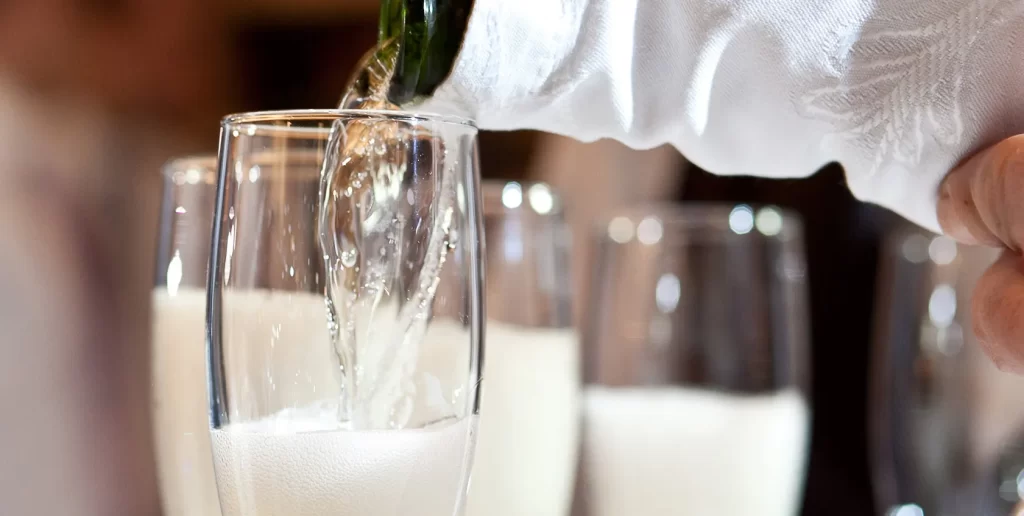
1. Moët & Chandon Brut Imperial
When talking about Brut Impérial, we are referring to the non-vintage cuvée from Moët & Chandon, the most emblematic of the factory. It is made from more than 100 different wines, 30% of which are reserve wines that enhance flavors. Its aroma is penetrating but pleasant, as it combines essences of nuts, green apple, and citrus with scents between light and smoky.
2. Taittinger
It is an independent and artisan house, managed by the founding family and has some of the most exquisite champagne. It is created from the selection of grapes from 30 to 50 different vineyards with Chardonnay (40%) and Pinot wines (up to 60%). It is aged for 3 to 4 years in cellars. The first thing you notice is a biscuit yeast aroma, brioche flavor, and hints of lemon meringue. Its palate is a little dry, and its finish is long and slightly sweet. It is so bubbly that you feel it is exploding over your taste buds.
3. Bollinger Special
It is one of the best-selling champagnes on the market. It has quite deep and complex aromas, but notes of roasted apple, compote, and peach predominate. Thanks to its creamy and bubbly structure you will feel a slight tickle on the palate. It goes with all kinds of fish, poultry, and white meat.
4. Veuve Clicquot
This golden label is one of the most famous varieties on the market, an excellent option for formal events and as a gift to a loved one. On the nose it is quite lively and intense with a sweet touch of peaches, Mirabelle plums, and dried fruit. Once savoring it, you will feel a bittersweet essence of grapefruit and plums, that later gives way to walnuts. Veuve Clicquot is dry, which makes it ideal to accompany fish, caviar, shellfish, oysters, etc., as well as red, white, and cured sausages and cheeses, olives, and nuts.
5. Ferrari Trento
If you notice, the label doesn’t say Champange Ferrari, simply because it wasn’t made in Champagne, but we included it on the list because of its popularity. The Ferrari Trento is the sparkling wine of the official toast for Formula 1. The historic label of Casa Ferrari is made with only chardonnay grapes.
How to best enjoy champagne
The temperature is an important point in the consumption of wine. The ideal temperature to enjoy champagne is between 42- and 46-degrees Fahrenheit.
Remember that to chill a bottle you must not place it in the freezer, as its aromas and structure would be broken. It is preferable to submerge the bottle in ice water for fifteen minutes.
Cheers!

